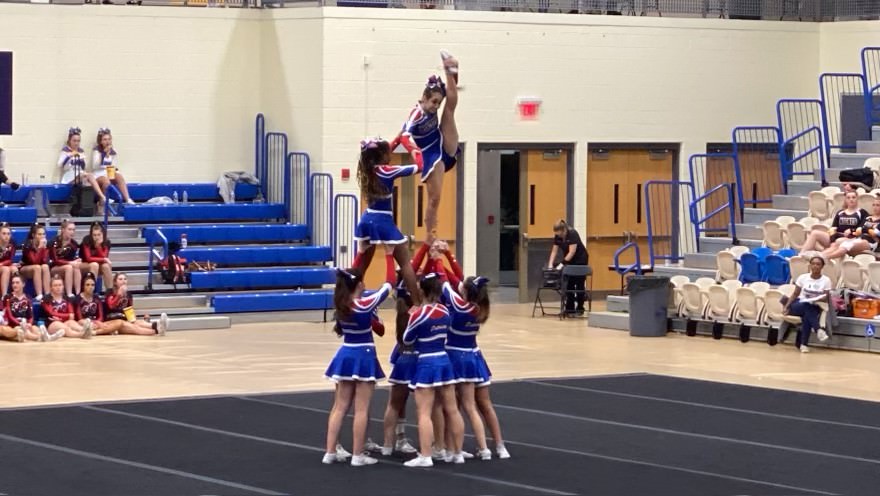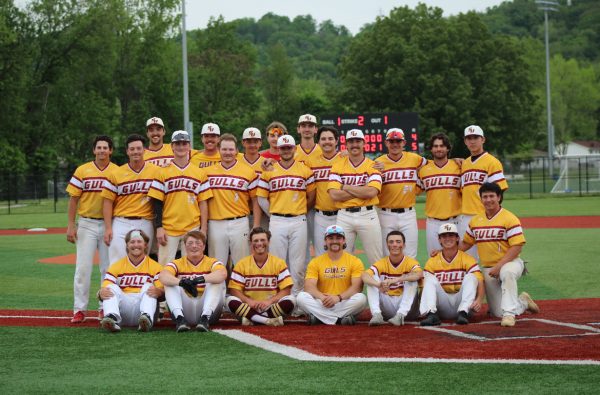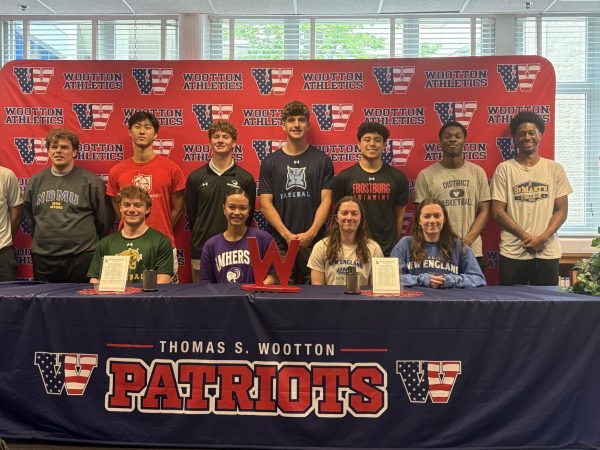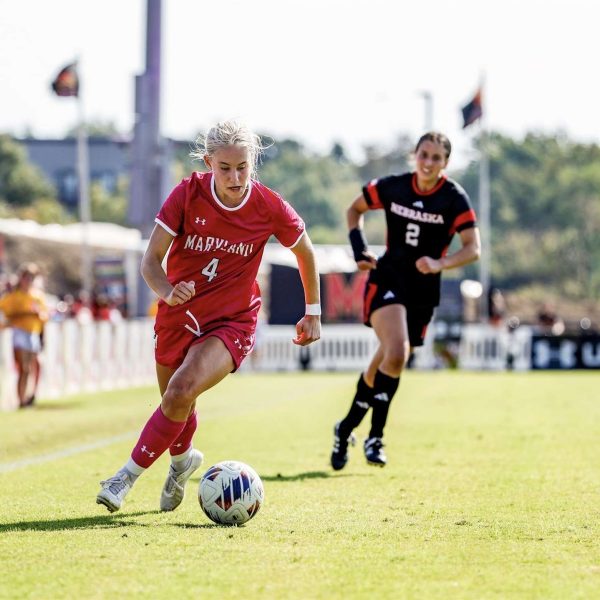Injuries loom in competitive cheer
Photo courtesy of Jolie Graham
Varsity cheerleading performs during the regional competition.
The concern for injuries grows more and more with competitive cheerleading.
Competitive cheerleading has long been known for its high-energy routines and acrobatic stunts, but in recent years, the sport has come under fire for its increasing danger. Despite efforts to make the sport safer, competitive cheerleading remains one of the most dangerous activities for young athletes.
Parents continue to want to lessen the risk factor for students to ensure little to no injury when it comes to cheer. “My parents were very hesitant to let me continue cheering after my concussion,” junior Alexa Vinner Said.
One of the biggest concerns with competitive cheerleading is the amount of physical stress that it puts on the body. Cheerleaders are expected to perform complex acrobatics, such as back flips and aerial stunts, which can be highly dangerous if not executed properly. Cheerleaders continue to up the ante in who can perform the more difficult and daring set of skills.
A major concern with competitive cheerleading is the pressure to perform at a high level. Cheerleaders are often pushed to their physical limits, and are expected to continue performing even when injured. This pressure to perform can lead to serious injuries, and can even cause long-term damage to a cheerleader’s health.
Junior Ellie Mollica continued to compete despite having a knee injury. “No matter what I have to do, I will show up and show out for my team,” Mollica said.
The lack of standardization in the sport has also contributed to its danger. Different cheerleading programs have different rules and regulations, and there is no national governing body overseeing the sport. This lack of oversight can lead to dangerous situations, such as coaches pushing their cheerleaders to perform stunts that are beyond their skill level.
To meet the high standards and intensity that these routines require to execute these athletes must be in the best shape possible. Daily workouts are required by cheerleaders to prepare them.
Freshman Jenny Brailovsky felt the most in shape during the cheer season. “During cheer the workouts were the absolute worst but they kept me in line for our routine.” Brailovsky said.
Despite these concerns, competitive cheerleading continues to grow in popularity, particularly among young girls. In order to make the sport safer, there needs to be a greater focus on injury prevention and safety protocols to ensure minimum risk of injury. This could include implementing standardized rules and regulations, as well as providing coaches and athletes with proper training on how to safely perform stunts.
Competitive cheerleading is a high-energy and exciting sport, but it is also becoming increasingly dangerous. While efforts are being made to improve safety, there is still much work to be done in order to protect the health and well-being of cheerleaders. It is important for coaches, athletes, and parents to prioritize safety in order to prevent serious injuries and long-term damage.
Your donation will support the student journalists of Thomas S. Wootton High School. Your contribution will allow us to purchase equipment and cover our annual website hosting costs.







